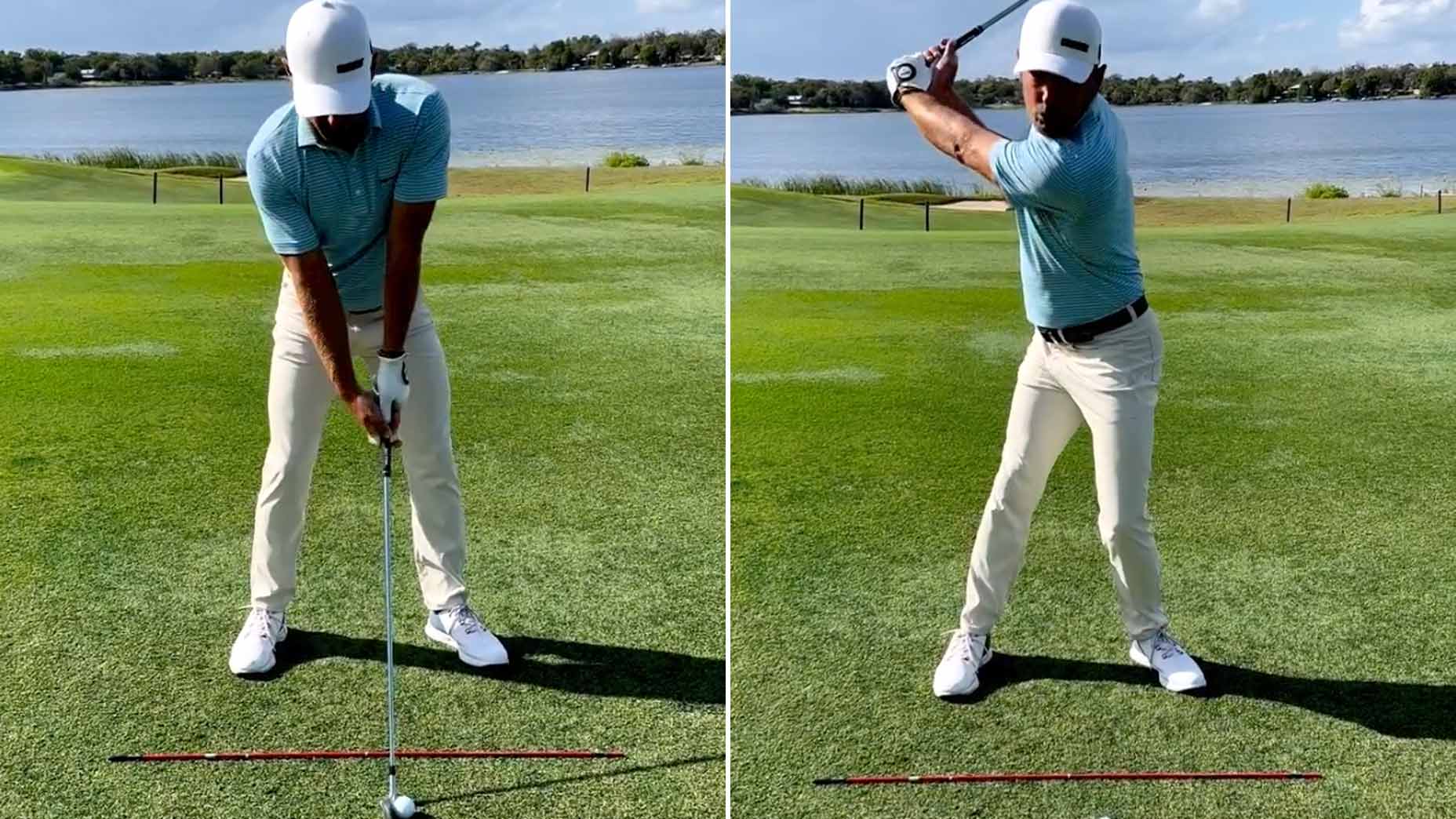Charles Howell III plays on the LIV tour now, but for 20-plus years, he was a mainstay on the rival PGA Tour. He won just three times over that timespan, but he never lost his card and racked up over $40 million in earnings.
Howell was never a superstar, but he was always consistent — and he did so with a silky swing that had him in the top 75 in SG: approach for a majority of his career. Although he’s now on the back nine of his competitive playing days, he still knows plenty about what it takes to build a Tour-worthy swing.
Recently, the 43-year-old pro took to Instagram to showcase some of his knowledge — specifically as it pertains to ball striking.
How to properly load your trail hip
If you want to make a solid downswing at the ball, you must put yourself in the proper positions to do so. The easiest way to do that is by focusing on the backswing.
Most backswing fundamentals are focused on the takeaway and club path on the way back, but how you turn your hips is equally important. If your hips get into poor positions during the backswing, it can result in early extension and inconsistent contact.
One of the easiest ways to check your hips on the way back is by focusing on your trail hip and how it loads into your trail side. Good players will typically turn their trail hip back, while lots of recreational golfers will sway off the ball instead.
“As soon as the club goes back, I want you to work your right hip and put it to where your belt buckle was,” Howell says. “As soon as I start the club back, I want to take my right hip and put it here at the midline.”
At this point at the top of your backswing, you should feel pressure on the inside of your left foot.
“It’s not a shift to the right and the shoulders leveling and pressure on the right,” he says. “It’s the right hip going right to where your belt buckle is and pressure in the left foot. That’s going to help you start down and keep [the weight] forward.”
From this position, it’s much easier to create room for your hips to turn into the downswing as opposed to pushing toward the ball and early extending. This will help create much more consistent strikes and more birdie opportunities.
